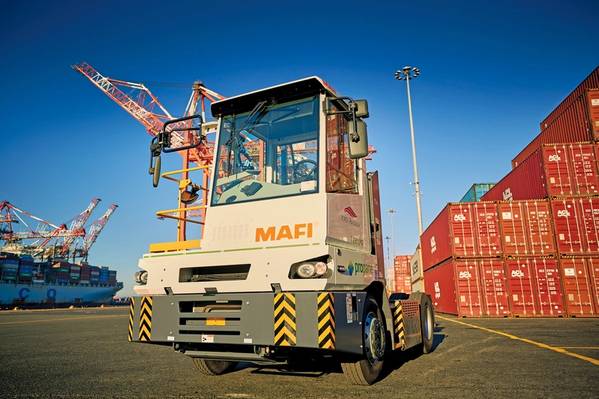
Ports can’t afford to slow down, and stricter environmental regulations and emissions standards are pushing port authorities to balance operational efficiency with reducing their carbon footprint. By replacing traditional gas and diesel as an energy source, propane can help ports reduce emissions and air pollution without sacrificing power or efficiency. Let’s explore how.Reduced emissionsPropane is nontoxic and won’t contaminate soil or water…

A new report from the Getting to Zero Coalition identifies 25 new green shipping corridors – trade routes designed to demonstrate and scale novel zero-emission fuels, vessels, and technologies – launched this last year, expanding the global total to 84 active initiatives…

The Waterborne Technology Platform has welcomed the EU’s Sustainable Transport Investment Plan (STIP) which it says is key in facilitating the uptake of sustainable alternative fuels.The European Commission published the STIP on November 5,…
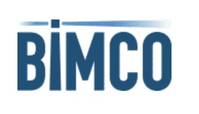
The Documentary Committee of BIMCO has adopted a Methanol Annex to its Bunker Terms 2018. The annex is the latest addition to the BIMCO portfolio of contracts and clauses that support the maritime industry’s transition towards alternative fuels and decarbonization…

The Global Centre for Maritime Decarbonisation (GCMD) and the International Association of Ports and Harbours (IAPH) have signed a two-year partnership agreement aimed at accelerating the decarbonization of the maritime sector.IAPH has a global…

In a recent sustainable fuel panel discussion, I once again found my self sucked into the sustainable fuel chicken and egg conundrum.I have discussed it before; shipowners will not buy ships that use a fuel for which no viable supply chain exists…
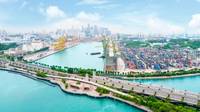
A consortium led by Keppel Ltd. has been appointed by the Energy Market Authority (EMA) and Maritime and Port Authority of Singapore (MPA) to conduct the next phase of the project to develop a low- or zero-carbon ammonia solution on Jurong Island…
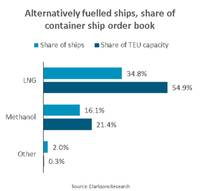
“As of end August 2025, 534 container ships are on order which will be able to use alternative fuels upon delivery. These represent 53% of ships on order and 77% of the TEU,” says Niels Rasmussen, Chief Shipping Analyst at BIMCO.In addition to these alternatively-fuelled ships…

New insights from DNV’s Maritime Forecast to 2050 indicate that the number of alternative-fuel-capable vessels in operation is set to almost double by 2028.By 2030, the alternative-fuelled fleet will be able to burn up to 50 million tonnes of…
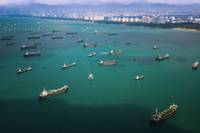
Singapore's marine bunker fuel sales in July climbed to their highest in more than one and a half years, official data showed on Thursday.Sales at the world's largest refuelling hub for ships totalled 4.92 million metric tons in July this year…
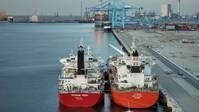
An ammonia bunkering pilot has been undertaken between two vessels at a terminal in the port of Rotterdam.The pilot, conducted on April 12, involved transferring 800 cubic meters of liquid, cold ammonia at -33 degrees Celsius between two ships…
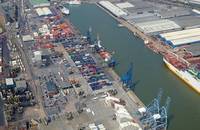
The UK Maritime Minister Mike Kane has revealed the government’s new goals for all vessels that operate in UK waters and dock at UK ports to be carbon free.Part of the government’s Plan for Change, the new Maritime decarbonization strategy sets…
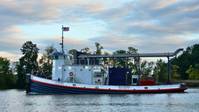
Amogy, a provider of mature, scalable, and efficient ammonia-to-power solutions, announced that it raised $56 million in venture financing, bringing total raised since inception to more than $270 million.The round was co-led by existing investor Aramco Ventures and new investor SV Investment…

NYK and Yusen Logistics (YL) have introduced a digital platform for managing GHG emission reductions.The platform is provided by 123Carbon, a Netherlands-based startup working on decarbonizing the logistics sector.NYK and YL will use the platform…
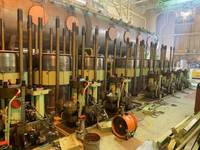
Successful engine-retrofit of Very Large Container Vessel ‘Maersk Halifax’ to dual-fuel ME-LGIM unit. MAN Energy Solutions has announced the successful retrofit of the main engine of the ‘Maersk Halifax’ to a dual-fuel MAN B&W ME-LGIM unit. MAN PrimeServ…

